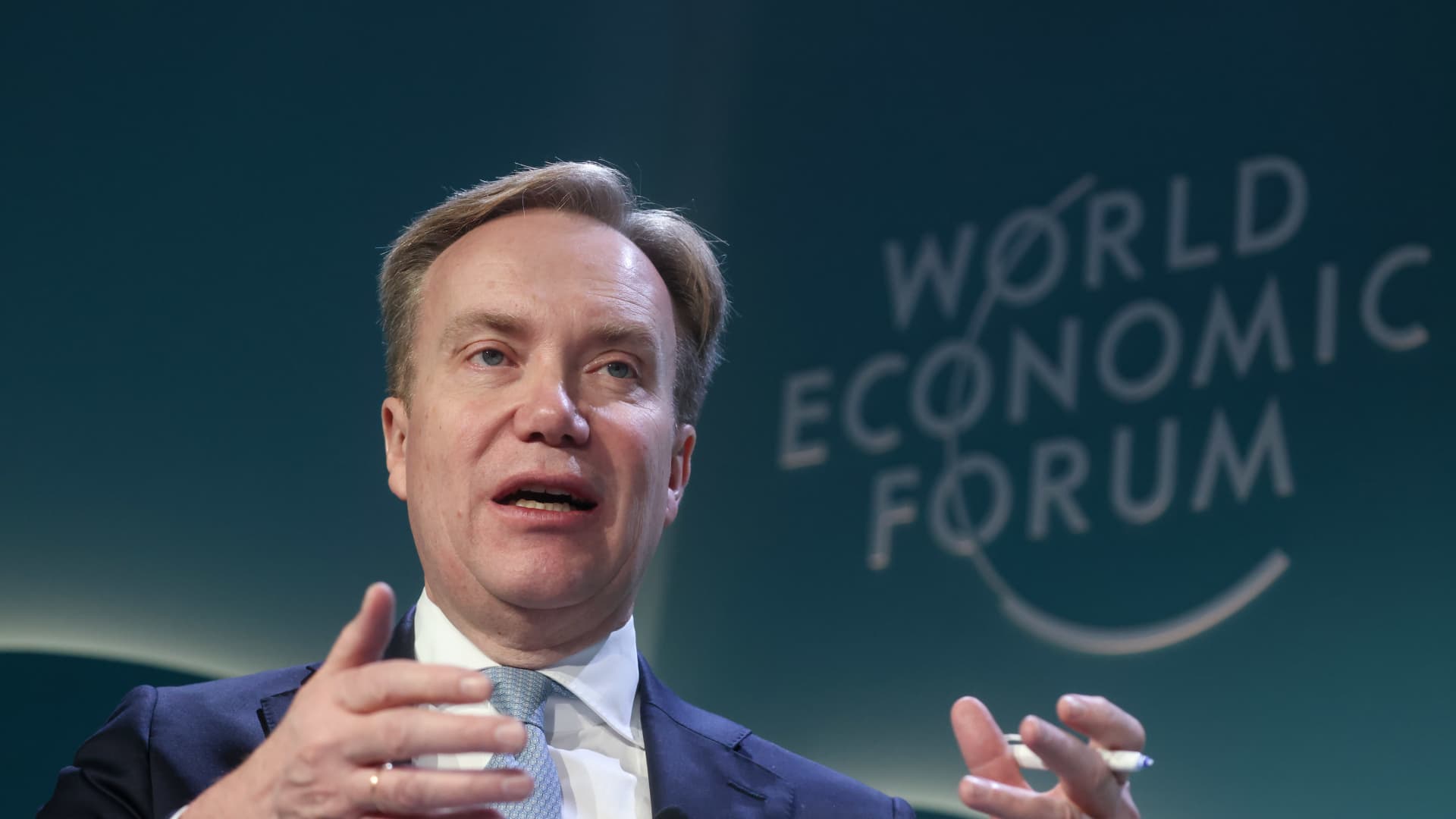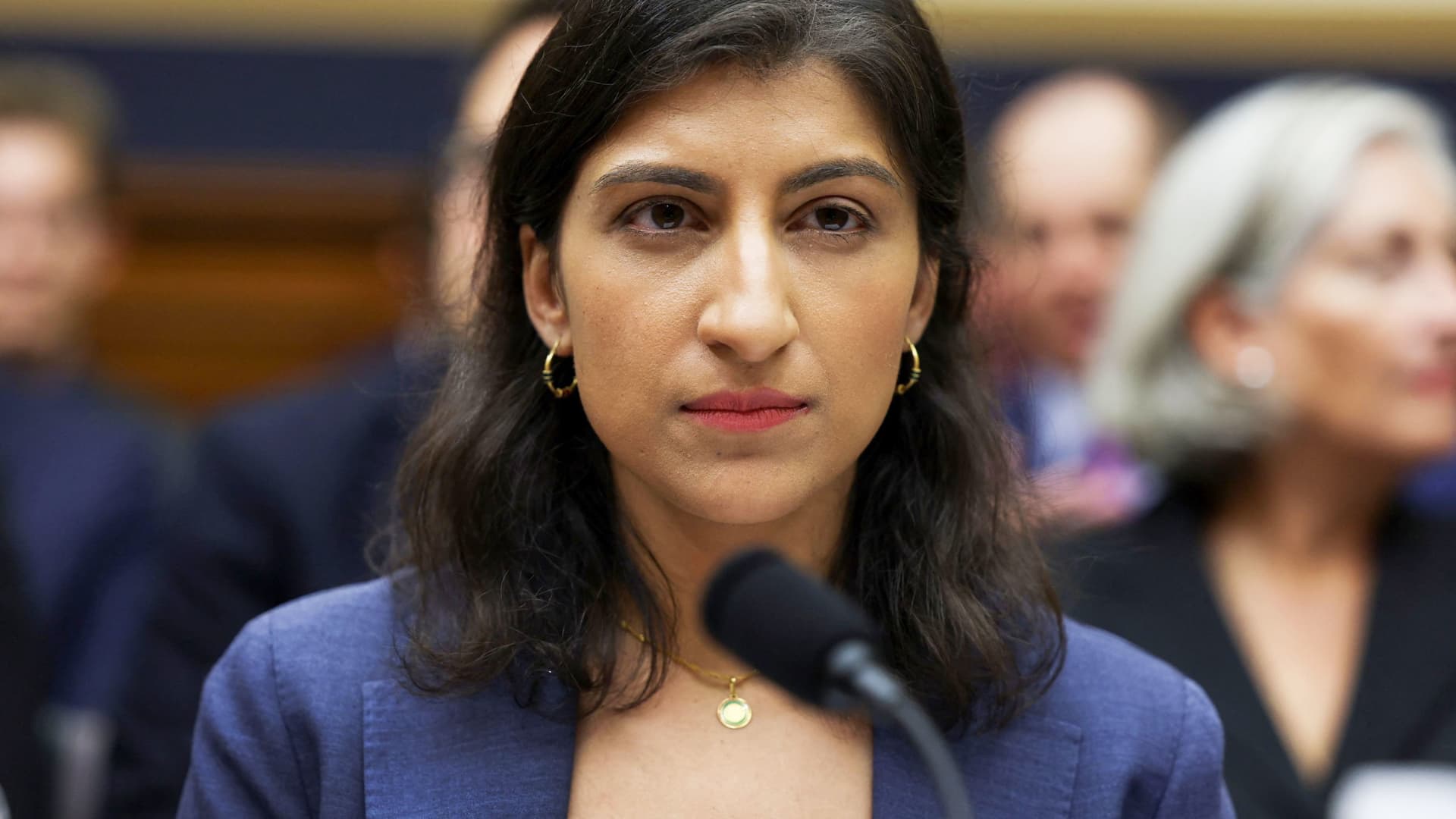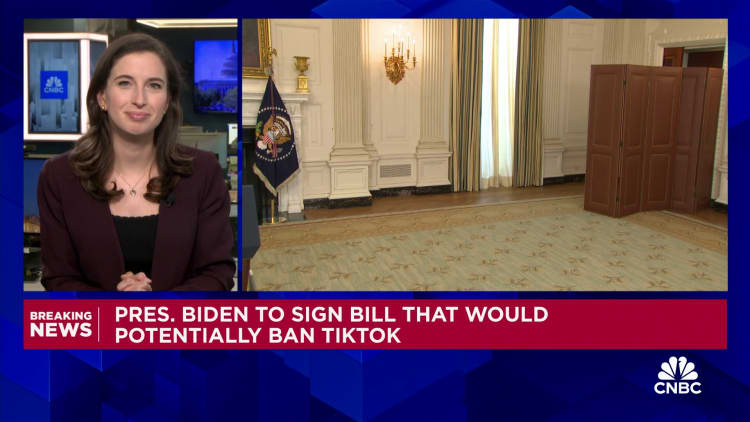Starbucks and the union that represents employees at about 400 of its U.S. stores said Tuesday they are beginning discussions on a “basic framework” to help the company reach collective bargaining agreements with unionized workers and resolve litigation between them to be included on both sides.
The union hailed the development as a major shift in strategy for Starbucks, which has taken steps to resist unionization at the company since the campaign began in 2021, actions that federal labor regulators say have violated labor laws hundreds of times.
Starbucks, which has denied the allegations, said in a statement it hoped the contracts would be negotiated and ratified by the end of the year and would agree to a “fair organizing process” – something the union has been demanding for years. It says it is giving union workers, as a good faith gesture, benefits it introduced in 2022 but withheld from union stores, such as allowing customers to tip by credit card.
Representatives from Starbucks and the Workers United union said that while details still need to be worked out, they hope to be back at the negotiating table in the coming weeks. Negotiations between the two sides had largely stalled in recent months.
Workers who helped organize said the development surprised them. “It still feels pretty surreal right now,” said Michelle Eisen, a longtime barista at a Starbucks in Buffalo, the first company-owned store to unionize during the current campaign. “There wasn’t a single call today where I didn’t cry or where everyone else didn’t cry.”
If a framework is agreed upon and quickly leads to contracts, experts say it could mark a major development in labor relations in corporate America, where companies like Amazon and Apple have resisted unionization to varying degrees.
“If Starbucks truly intends to respect workers’ rights to organize, end the intimidation and harassment of pro-union workers, and engage in real, good-faith negotiations, this is a huge step forward,” said John Logan, Professor at San Francisco State University said in an email that he is an expert on how companies respond to union campaigns.
But Dr. Logan said he wanted to withhold judgment on the value of the framework until details are available. “There are many reasons to be cautious: Over the last two and a half years, the company has waged one of the most aggressive and illegal anti-union campaigns in modern history,” he said.
The change appears to have been driven by the company’s chief executive, Laxman Narasimhan, who took over almost a year ago.
Mr. Narasimhan’s predecessor, Howard Schultz, told The New York Times in 2022 that he could not imagine ever joining the union. He remains a major shareholder in Starbucks, but is no longer a member of the board.
Former executives who spoke to Mr. Narasimhan said he was less resistant to the union.
The company announced in December that it was resuming contract negotiations, and Mr. Narasimhan sent a conciliatory message soon after after suggesting that the company wanted to improve its relationship with employees, whom it calls partners.
“Our goal next year is to further revitalize our partner culture,” Mr. Narasimhan wrote, adding: “It is time to re-sew the fabric of the green apron for all partners.”
People on both sides said the breakthrough – including an agreement on general principles – came last week during mediation to resolve legal disputes between the union and the company.
Workers at more than 20 stores filed petitions to unionize their stores in one day last week — more than ever before in a day, according to the union — reflecting the campaign’s persistence.
Not yet addressed in the discussions is a dissident campaign for three seats on the Starbucks board, supported by a union coalition that includes Workers United’s parent company. Shareholders can vote on the candidates until the company’s annual general meeting in mid-March, unless a compromise is reached beforehand. However, in the eyes of many investors, the framework announcement could diminish the motivation for a change.
Source link
2024-02-28 00:42:35
www.nytimes.com










